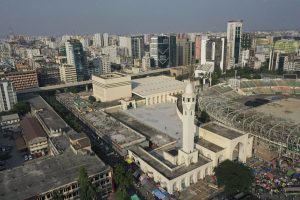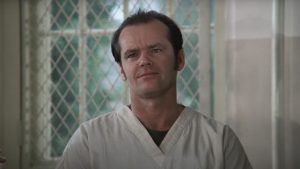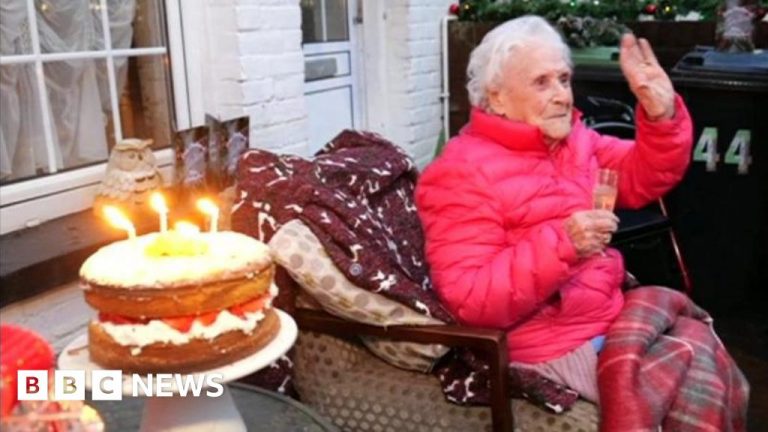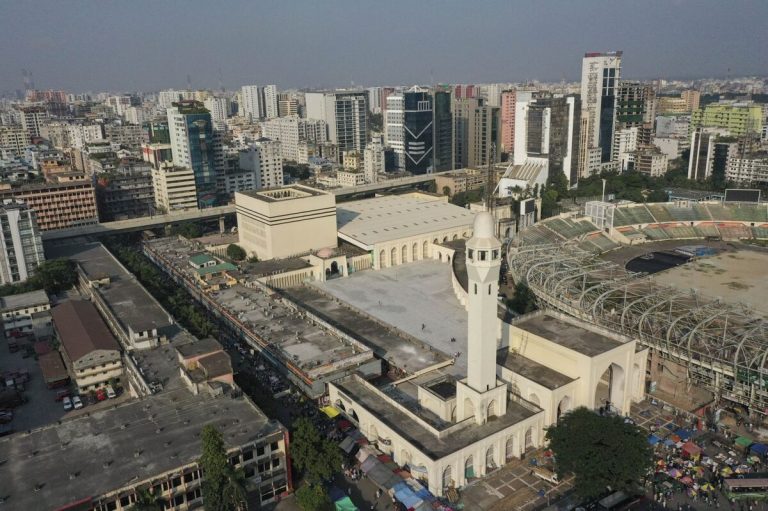Wordle has captivated the world with its simple yet challenging gameplay. Whether you’re new to the game or a seasoned solver, the thrill of guessing the “Wordle answer today” can be addictive. For those looking to improve, strategies like using a “Wordle hint” or understanding patterns can make the difference between success and frustration. And if you’re exploring beyond the daily puzzle, platforms like “Wordle Unlimited” offer endless practice opportunities to sharpen your skills.
The game’s popularity extends worldwide, from casual players to enthusiasts in “Wordle NYC” circles who share strategies and results. If you’re ready to up your Wordle game and make every guess count, these expert tips will guide you toward consistent wins.
Here are some tips and tricks to achieve Wordle success…
#1. Treat Your First Guess as a Strategy, Not a Gamble

Instead of guessing blindly, think of your first word as a “sacrificial” move to eliminate or confirm common letters. A good starting point is a word containing vowels and frequently used consonants, like ADIEU or TEARS. This step increases your chances of uncovering the Wordle answer today more efficiently.
#2. Consistency is Key: Stick to the Same First Word
Using the same initial guess in every game allows you to gather consistent data. Whether you’re playing the daily puzzle or exploring Wordle Unlimited, starting with a tried-and-tested word can help refine your strategy over time.
#3. Leverage Common Vowels and Consonants
Words containing multiple vowels are excellent starting points, as they allow you to test five of the most common letters in a single move. Consonants like R, S, T, L, and N are statistically significant in many words. Combining these elements ensures you cover a broad spectrum of possibilities early on.
#4. Use Wordle Hints Wisely

Pay attention to the green and yellow tiles after each guess. Green tiles indicate correct letters in the right position, while yellow tiles show correct letters in the wrong position. Use these clues to narrow down your options and make calculated guesses.
#5. Don’t Overlook Repeated Letters
Words like BANAL and ABBOT remind us that letters can appear more than once in a solution. If the puzzle seems particularly challenging, consider options where a green or yellow letter might be repeated.
#6. Account for Uncommon Letters
While focusing on common letters is a strong opening move, don’t neglect rarer letters like Q, X, or Z as the game progresses. Words such as QUERY demonstrate how these less frequent letters can sneak into the Wordle answer today.
#7. Write It Down

If you’re stuck, jot down potential solutions. This method is particularly useful for visualizing where green and yellow letters might fit without wasting guesses. Writing out possibilities can also help identify patterns or combinations you may have missed.
#8. Practice with Wordle Unlimited
For those who can’t get enough of Wordle, Wordle Unlimited offers endless puzzles to hone your skills. Regular practice helps familiarize you with patterns, letter combinations, and common solutions, making it easier to tackle the daily puzzle.
#9. Play Other Word Games
Diversify your word game experience with classics like Scrabble or Boggle, or explore modern digital options. Expanding your vocabulary and sharpening your cognitive skills will translate to better performance in Wordle and its variations.
#10. Monitor Your Statistics

Wordle tracks your progress, showing win streaks and guess distribution. Use these stats to identify areas for improvement. For example, if you often solve puzzles in 5 or 6 guesses, refining your first two guesses could help lower that average.
Navigating Wordle’s Regional Quirks
If you’re playing Wordle from outside the United States, remember that the game uses American spellings. Words like FAVOR can trip up players accustomed to British English, so keep this in mind when strategizing. This tip is especially useful for Wordle NYC players who might encounter regional-specific nuances during local competitions or discussions.
When All Else Fails
If your streak is on the line, and you’re completely stuck, you can resort to external help. Tools like word-finder websites or Wordle hint generators can provide suggestions based on the clues you’ve gathered. While the satisfaction of solving a puzzle unaided is unmatched, sometimes a little assistance can help you learn for the next round.
Final Thoughts
Wordle’s charm lies in its blend of simplicity and challenge. By employing these strategies and practicing regularly—whether through the daily puzzle, Wordle Unlimited, or other word games—you can become a more confident and skilled player. And for those playing in Wordle NYC groups or comparing results online, these tips might just make you the standout solver.
So, the next time you’re eager to crack the Wordle answer today, remember these tricks. Keep practicing, think strategically, and, most importantly, enjoy the game!
Featured image: Mashable
For the latest in fashion, lifestyle, and culture, follow us on Instagram @StyleRave_
—Read Also


























+ There are no comments
Add yours